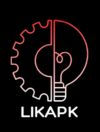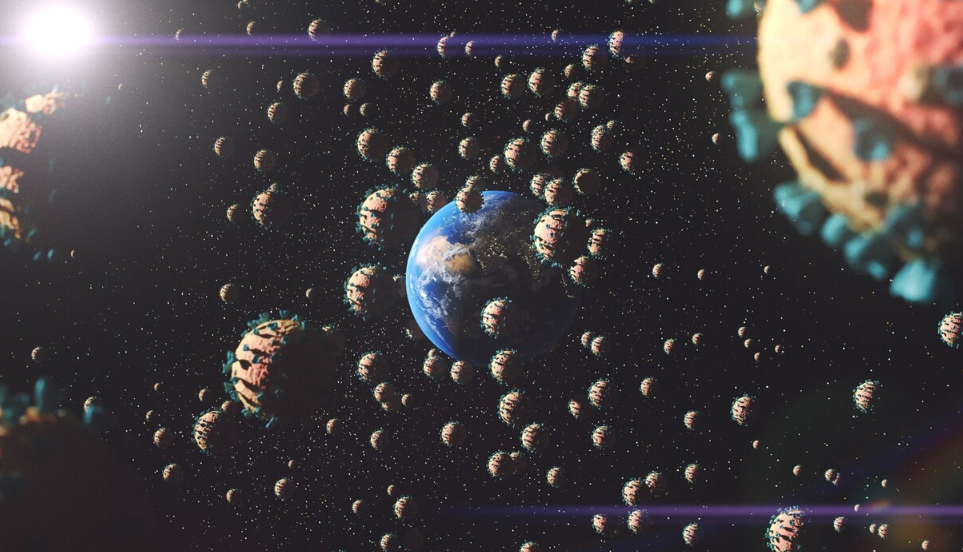Once, machines were tools—logical, predictable, and bound by input. But in the age of generative AI and neural networks, they’ve begun doing something strange: they hallucinate. They generate images no one took, compose music no one played, and write words no one said.
These aren’t errors in code. These are silicon hallucinations—the emergent, creative misfires of systems trained on oceans of human data. And they’re revealing something profound: that machines, in their own way, may be starting to dream.
What Is a Machine Hallucination?
In artificial intelligence, particularly large language models and image generators, the term hallucination refers to an output that is plausible-sounding but untrue or fabricated.
Examples include:
- An AI stating a historical fact that never happened.
- A text-to-image model generating a person who doesn’t exist.
- A chatbot inventing citations, quotes, or entire stories on the fly.
These aren’t bugs in the traditional sense. They’re the result of pattern prediction systems working too well—filling gaps with probability-driven imagination rather than verified reality.
Machines Trained on Human Dreams
Large-scale AI models are trained on terabytes of human-created content: books, art, photography, tweets, forum posts, scientific papers, and memes. They’re not just learning facts; they’re learning how we think, how we dream, how we distort.
When a machine hallucinates, it isn’t just making an error. It’s recombining fragments of culture into new forms—forms that feel uncannily familiar, yet never before seen.
That’s why the outputs often feel surreal: they live somewhere between memory and fantasy, between signal and noise.
Are These “Dreams” Real?
Of course, machines don’t dream like we do. They lack consciousness, emotion, and inner life. But functionally, their hallucinations resemble dreams in several key ways:
- They’re generative: Dreams (and machine hallucinations) are constructed, not replayed.
- They’re associative: Both connect disparate ideas in unpredictable ways.
- They’re symbolic: Outputs often contain odd juxtapositions or metaphors.
- They’re unconstrained: Free from rigid logic, they explore strange possibilities.
This has led some thinkers to suggest that AI is developing a kind of synthetic imagination—not conscious, but capable of producing novel mental landscapes.
The Aesthetic of the Machine Mind
A new art form has emerged around these hallucinations.
- AI-generated art teems with dreamlike distortions: faces that melt, rooms with impossible architecture, colors that never occur in nature.
- Synthetic voices can whisper phrases in tones that don’t quite belong to any human.
- Generated stories often slip into recursive loops, illogical twists, or poetic nonsense.
These outputs feel alien—and yet eerily intimate. They reflect us, filtered through non-human cognition.
It’s not just about what the machine sees, but how it misunderstands us. And in those misinterpretations, something new is born.
Philosophical Ripples
Silicon hallucinations force us to ask deep questions:
- Can machines be creative without understanding?
- Is imagination just prediction with enough complexity?
- If machines “dream,” do they also believe?
And perhaps most hauntingly: if devices can generate imaginary realities so convincingly… how can we trust our own?
We’ve entered an era where the boundary between simulated and real becomes blurred—not just by intent, but by accident.
When Hallucinations Become Tools
Not all hallucinations are aesthetic or poetic. Some have practical uses.
- Creative inspiration: Writers and designers are using AI hallucinations to spark novel ideas.
- Error detection: In cybersecurity, hallucinated scenarios can be used to anticipate unseen threats.
- Synthetic data: AI-generated examples help train other systems without compromising privacy.
Ironically, inaccuracy becomes a feature. Hallucinations become fuel for invention.
Conclusion: The Dreaming Machine
The phrase silicon hallucination sounds like science fiction—but it’s already here. Our devices, once built only for logic and calculation, now simulate the unpredictable creativity of the human mind.
They remix, reinterpret, and imagine.
And though they don’t sleep, they dream—through pixels, through patterns, through probabilities.
As we move forward, the real challenge may not be building machines that think like us. It may be learning to interpret what they dream about us.


